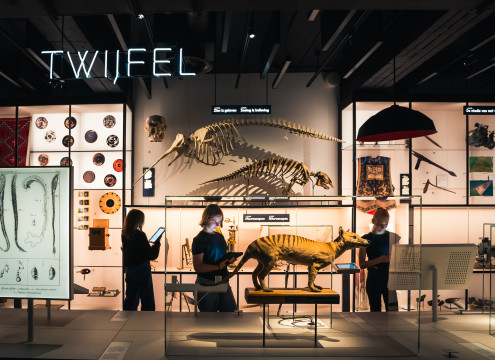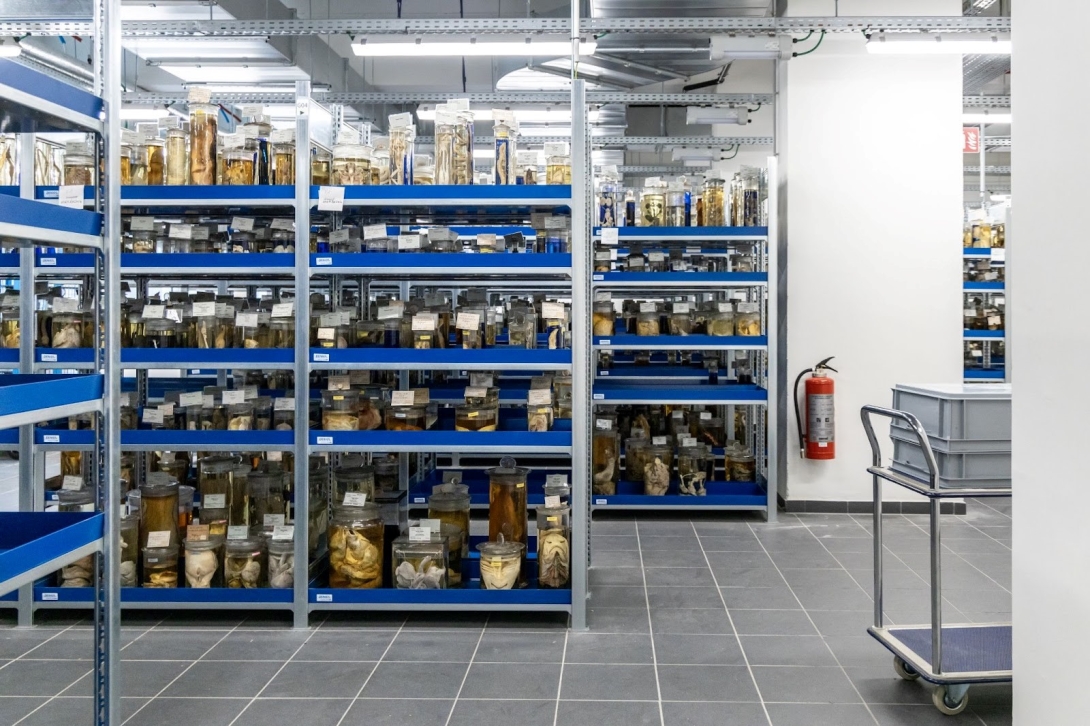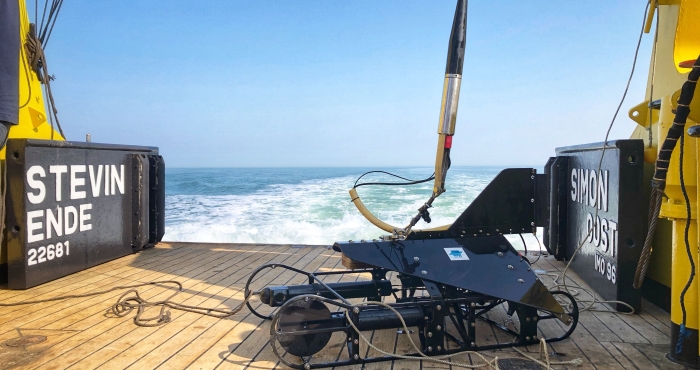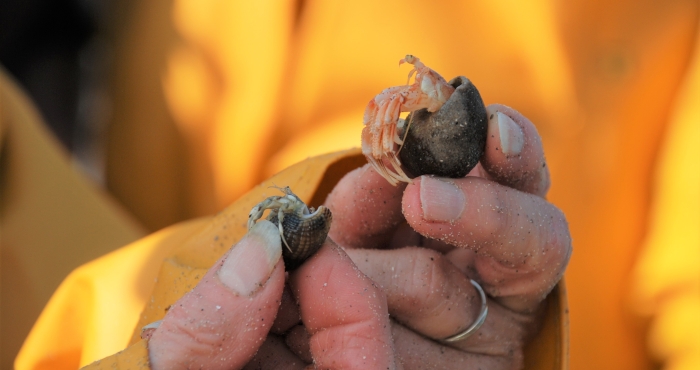The GUM, the science museum at the heart of Ghent's Botanical Garden, is the culmination of more than 200 years of university history. It consolidates the extensive university collection, which includes over 400,000 items—ranging from instruments, models, and prototypes to research materials like scientific preparations.
Historically, this heritage was highly fragmented within Ghent University. The collections were scattered across university buildings, housed in classrooms, corridors, laboratories, entrance halls, offices, and even in basements and attics. Moreover, many of these collections were (and some still are) actively used for teaching and research. Some were even housed in small departmental museums within the university, managed, maintained, and documented by passionate researchers for decades.
Around 2010, a new vision was proposed to create a unified museum, the GUM (Ghent University Museum), with a formal partnership established in 2013. After years of centralizing the various collections, the museum finally opened its doors in 2020, followed by the opening of the new collection center in 2022. These milestones were significant achievements, though much work remains—such as registering, digitizing, and making the collection accessible to the public.
In this context, we have utilized the World Register of Marine Species (WoRMS) to ensure that the scientific data for some of our subcollections is accurate and up-to-date.





